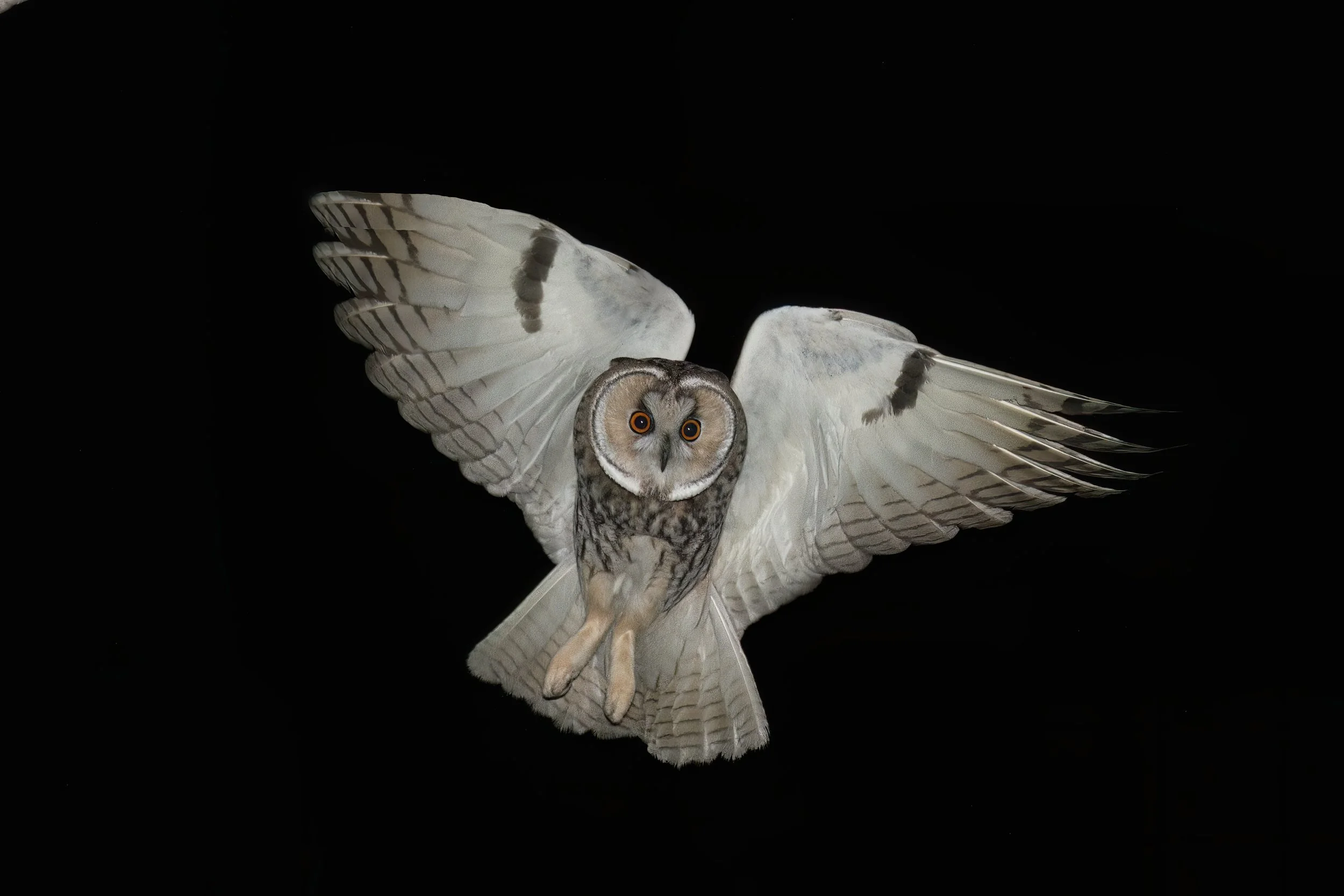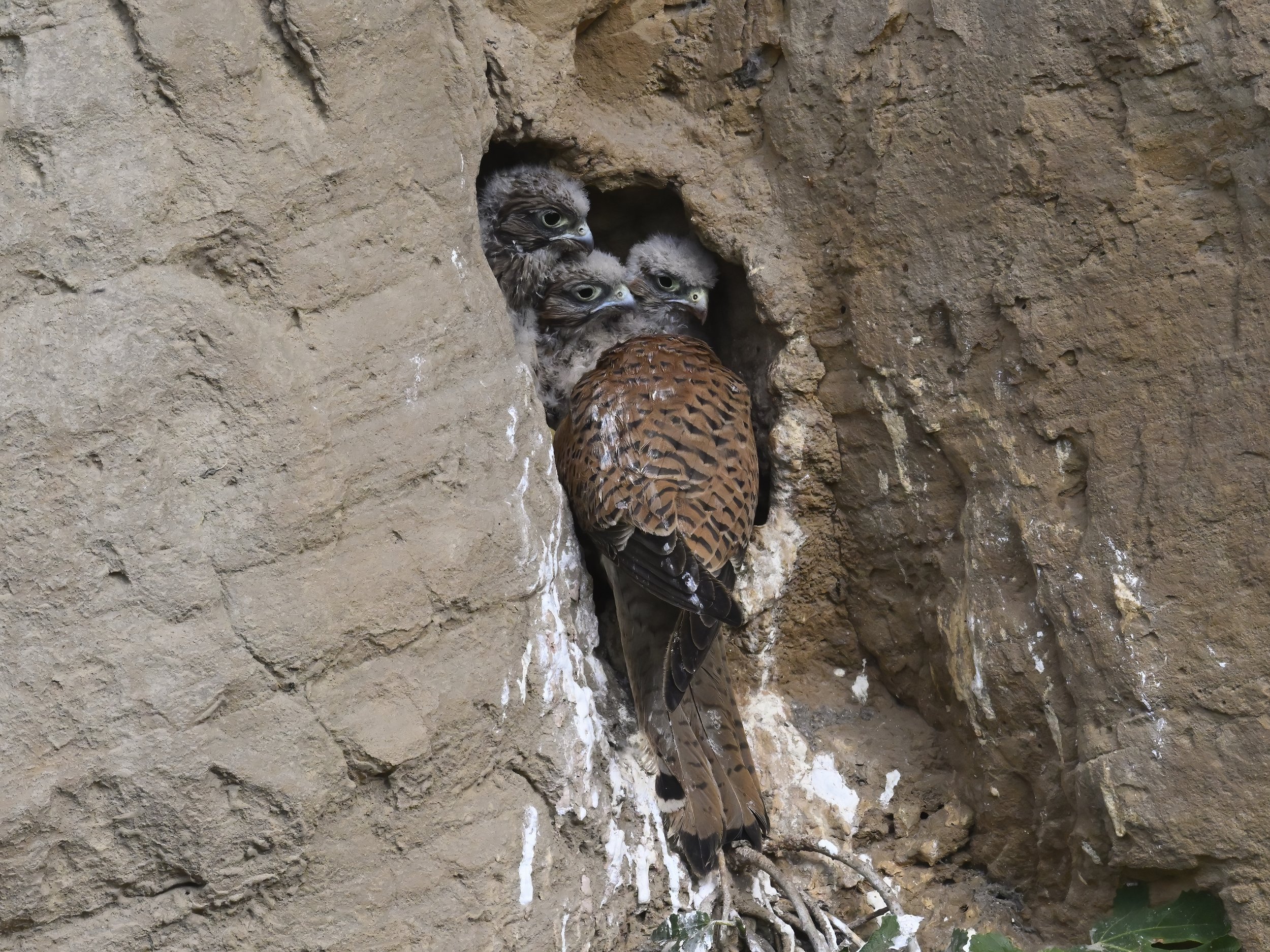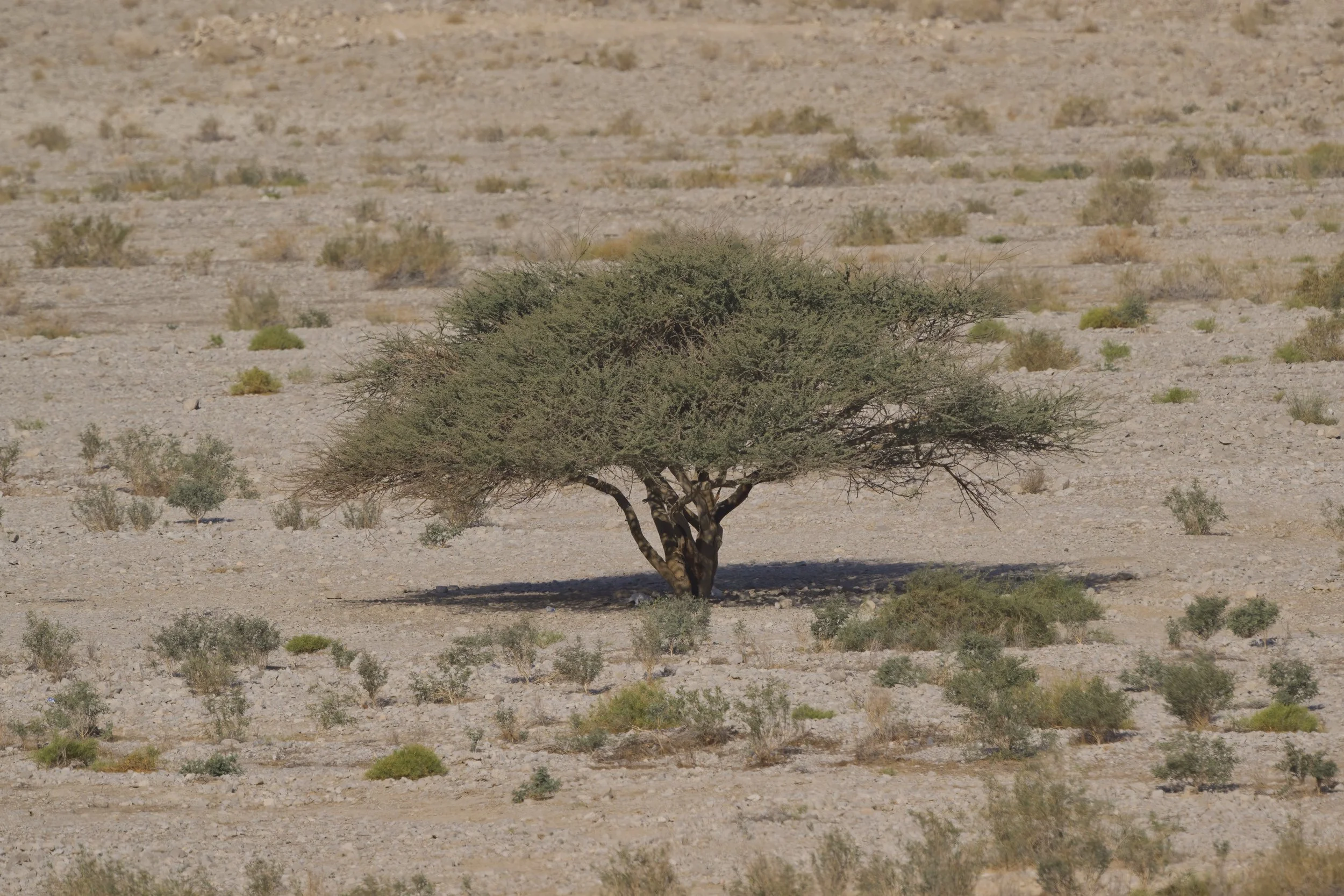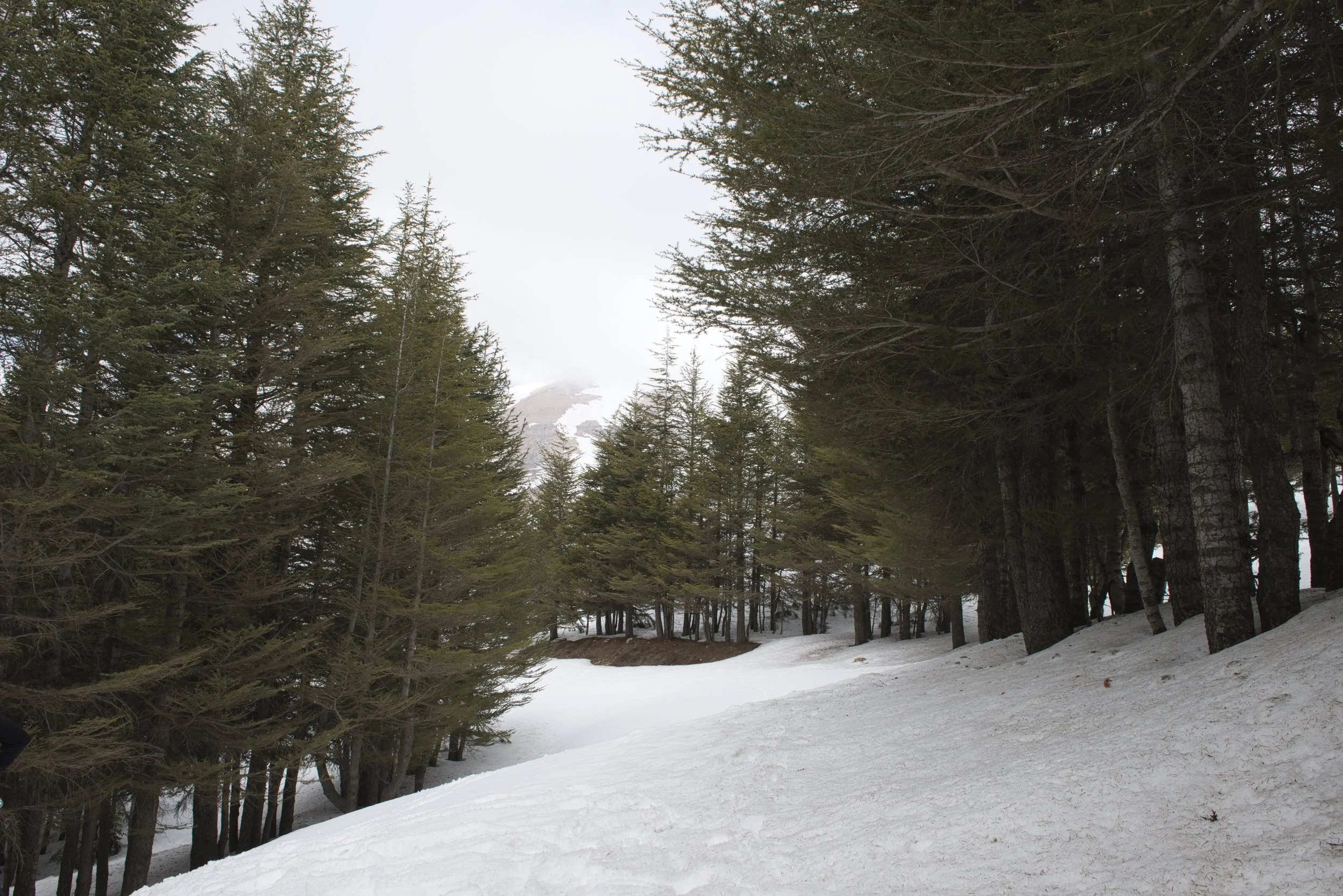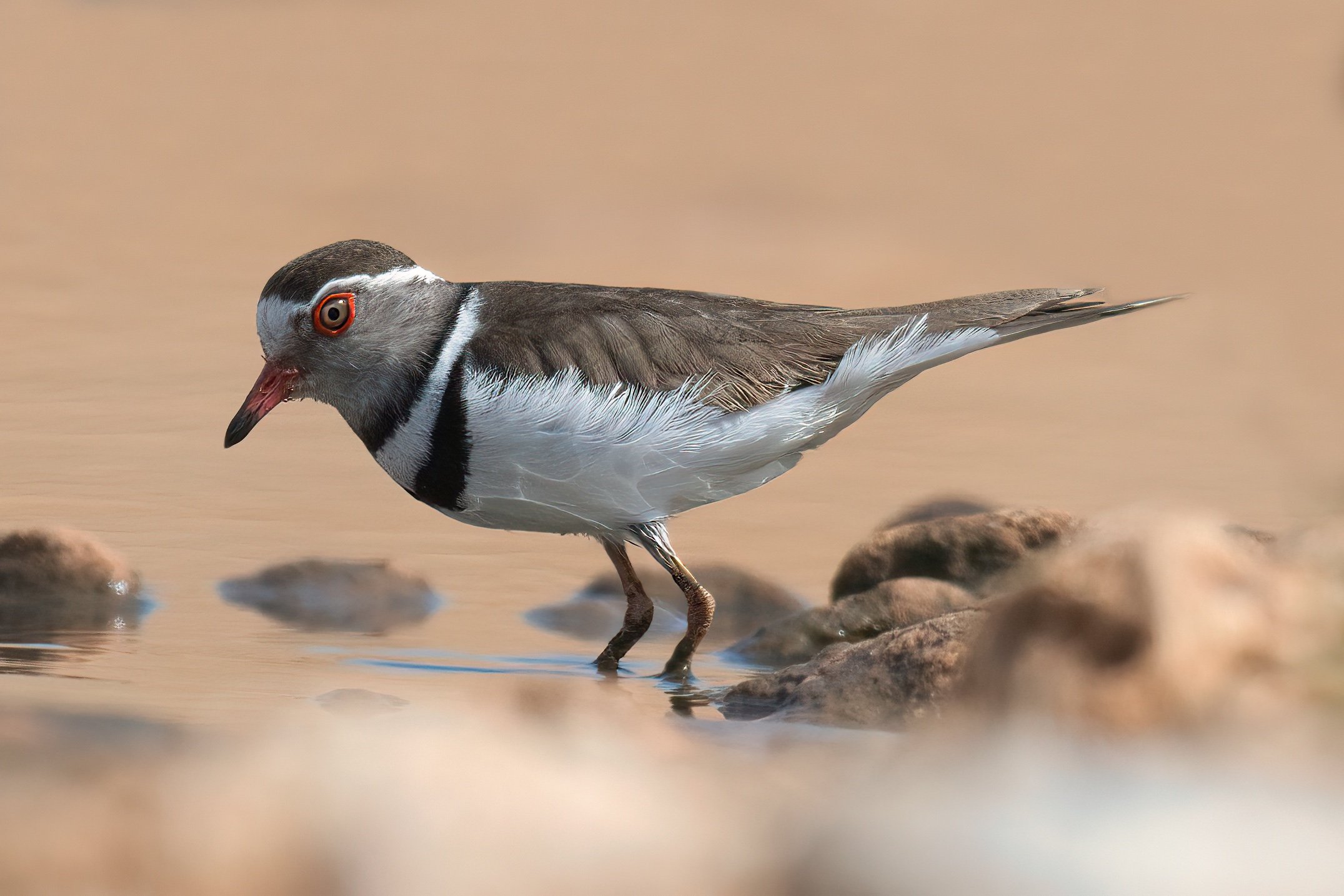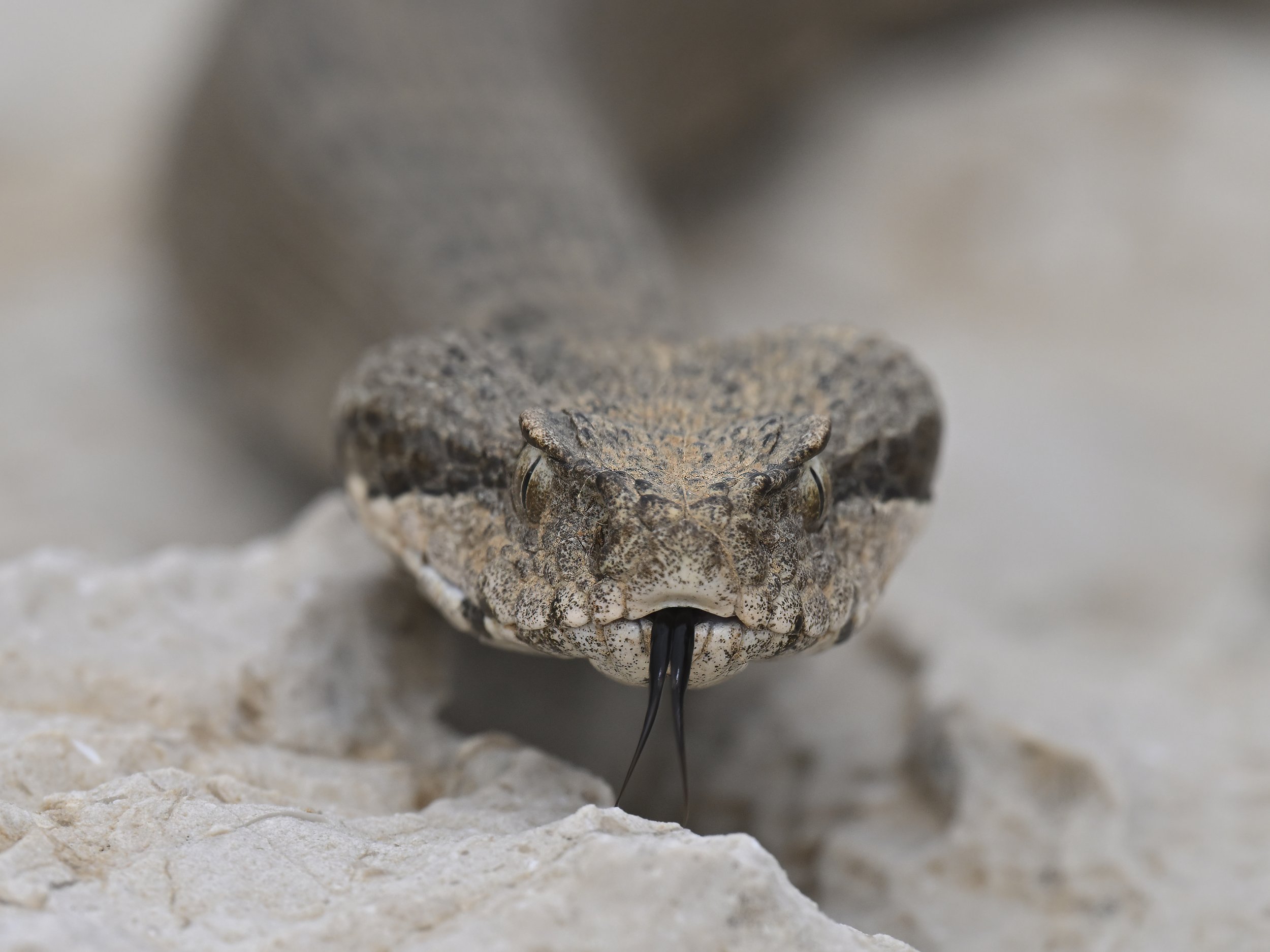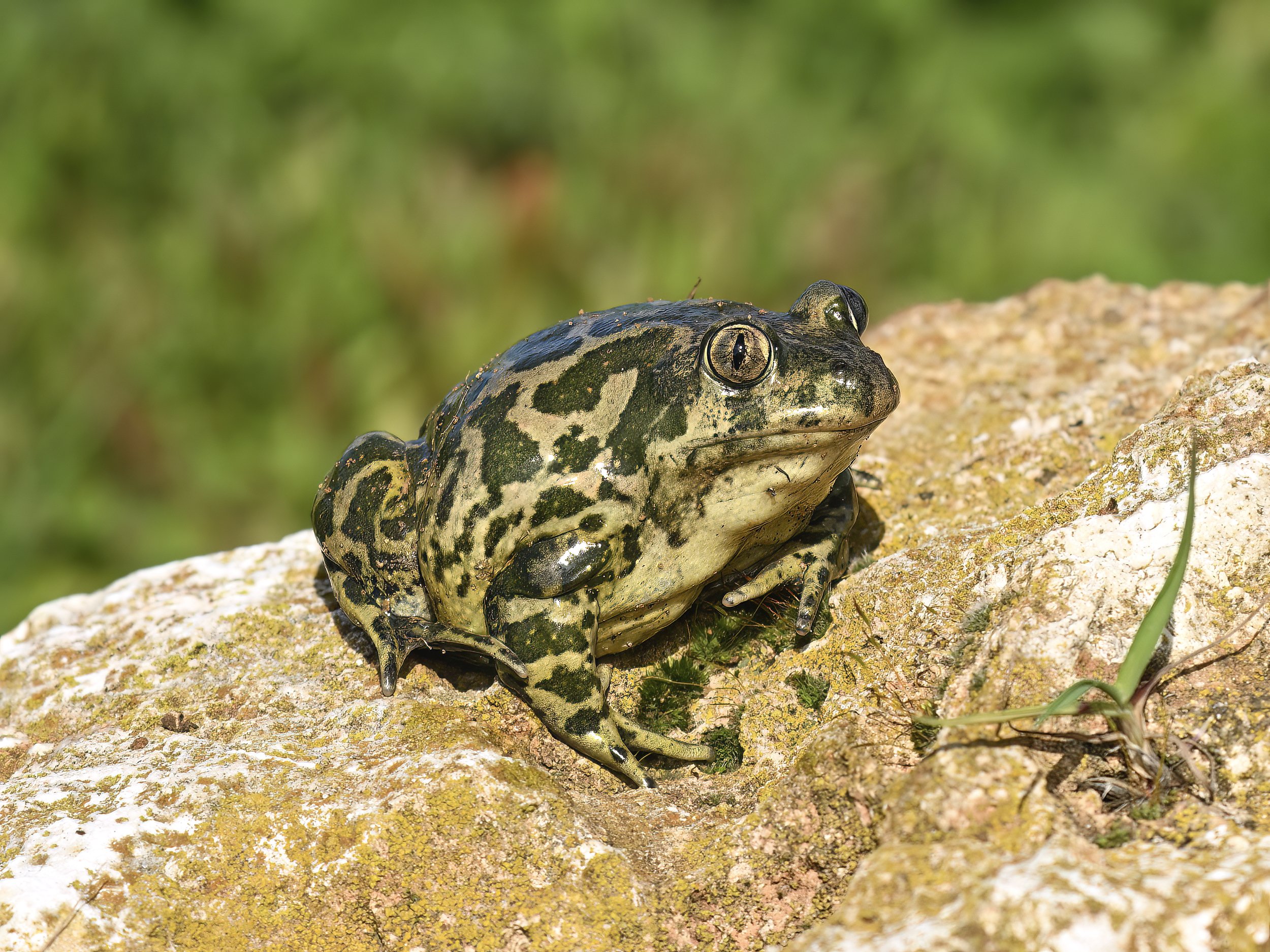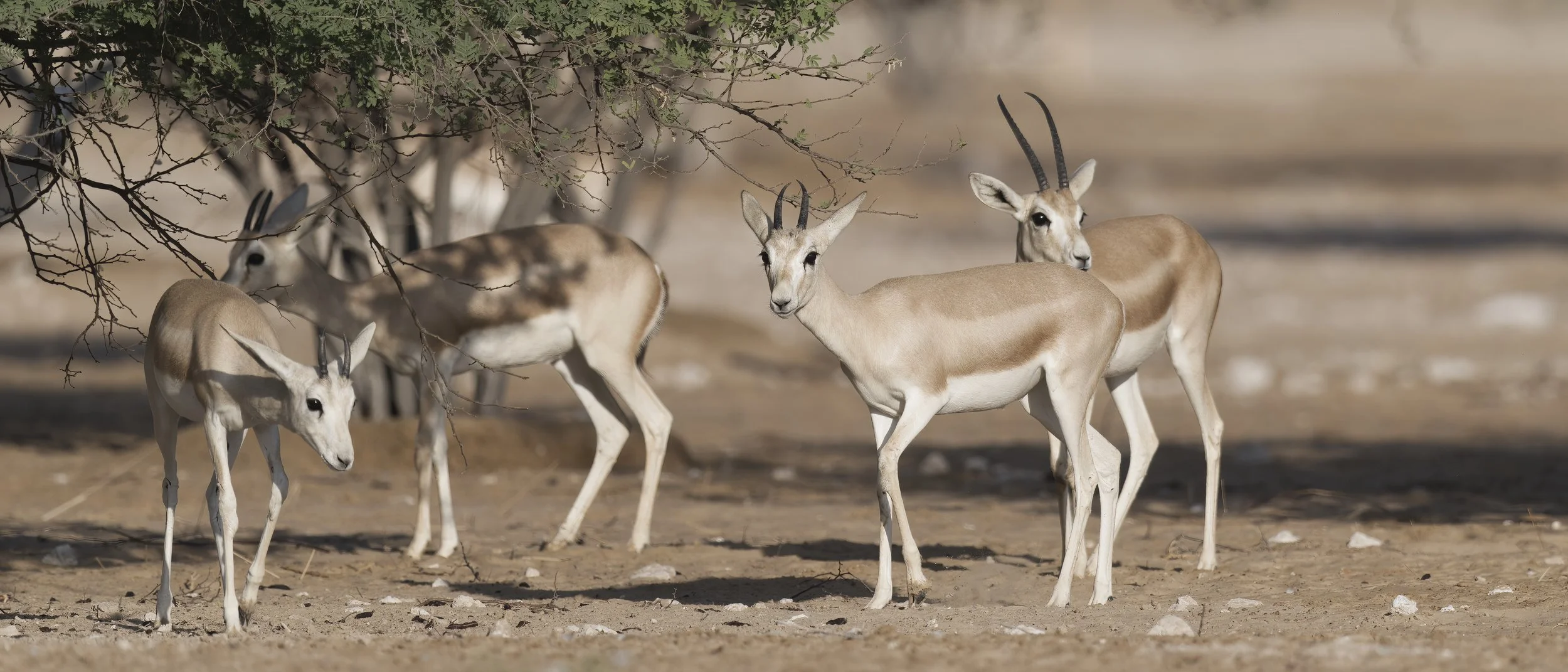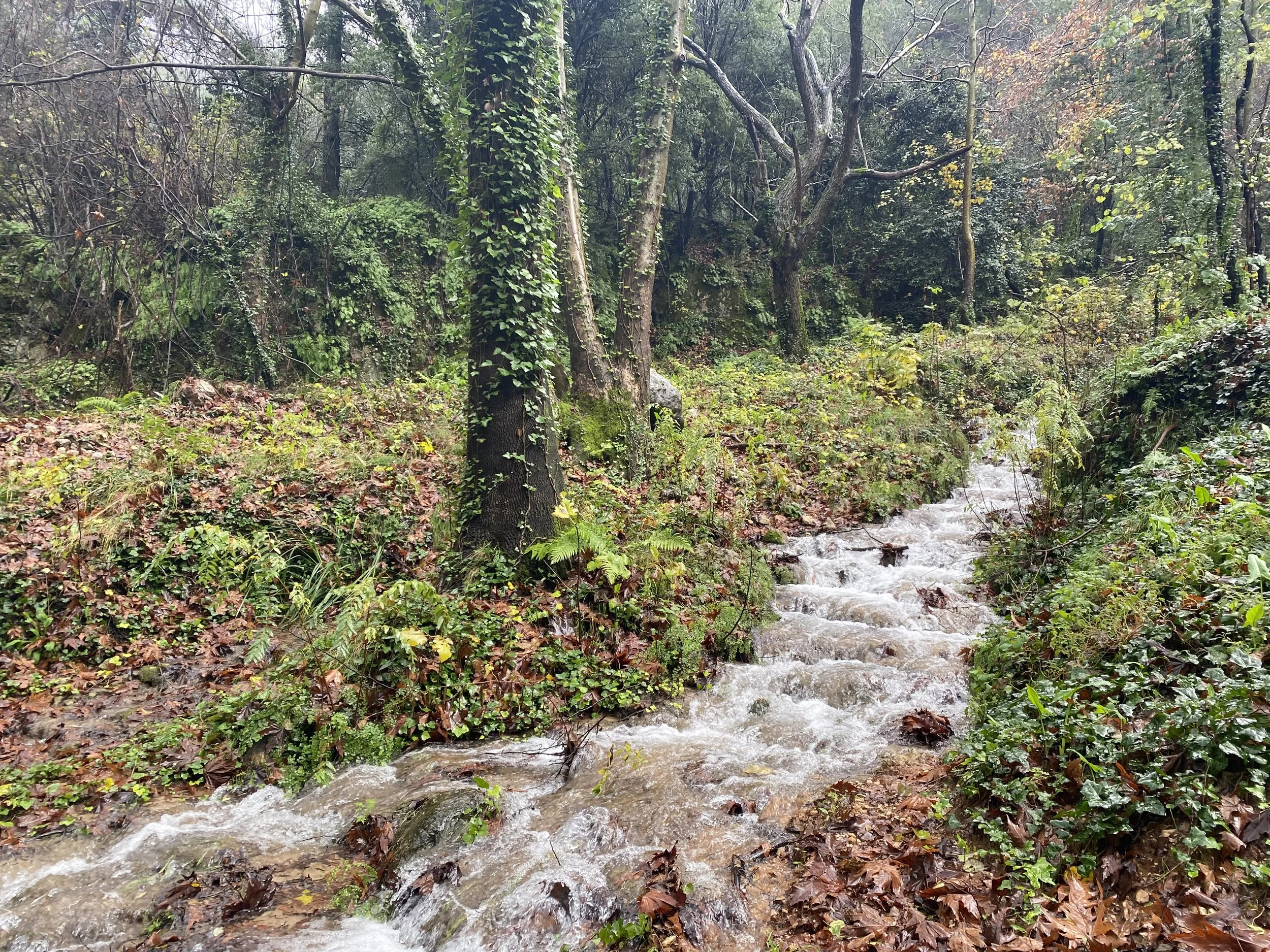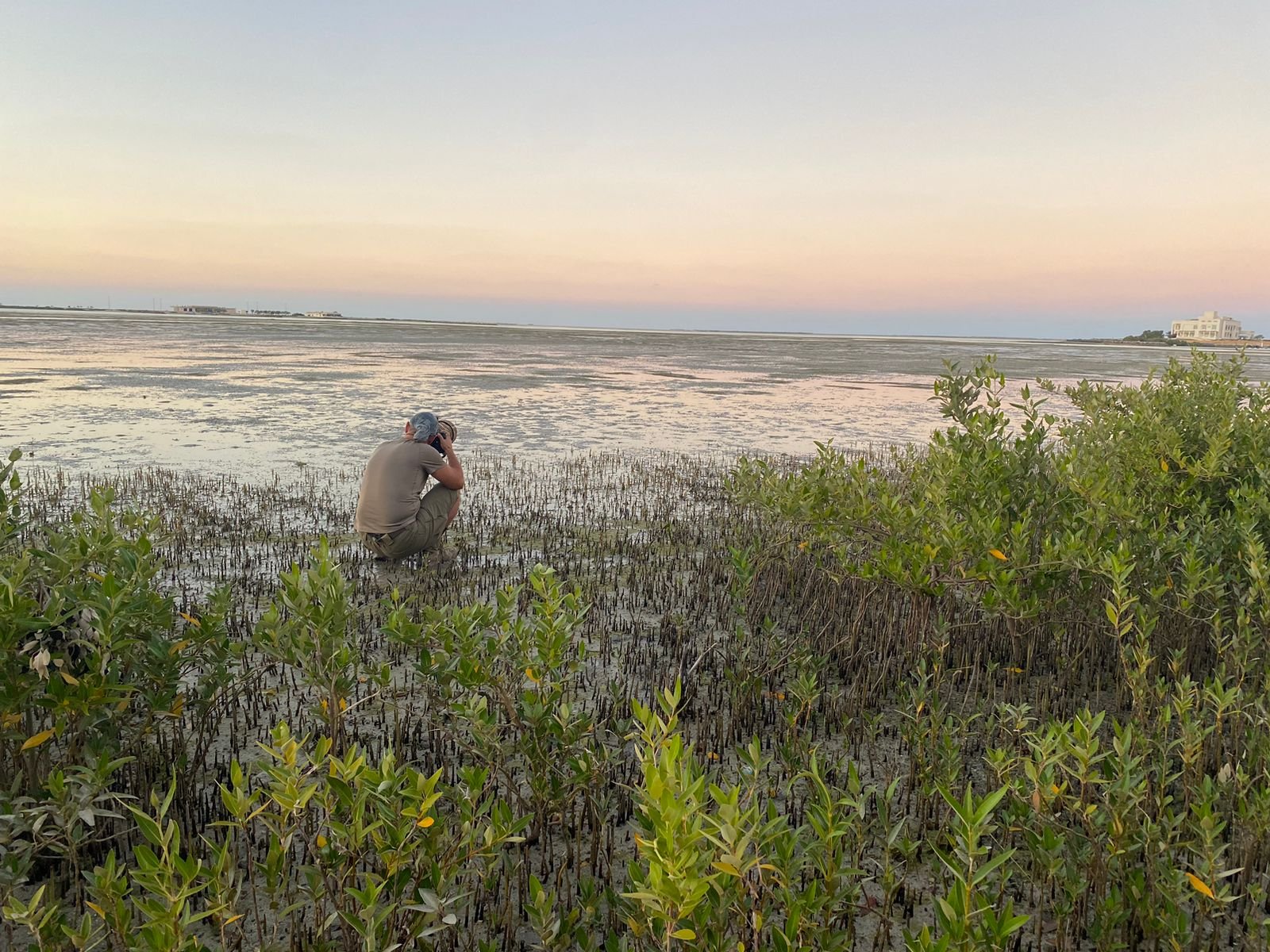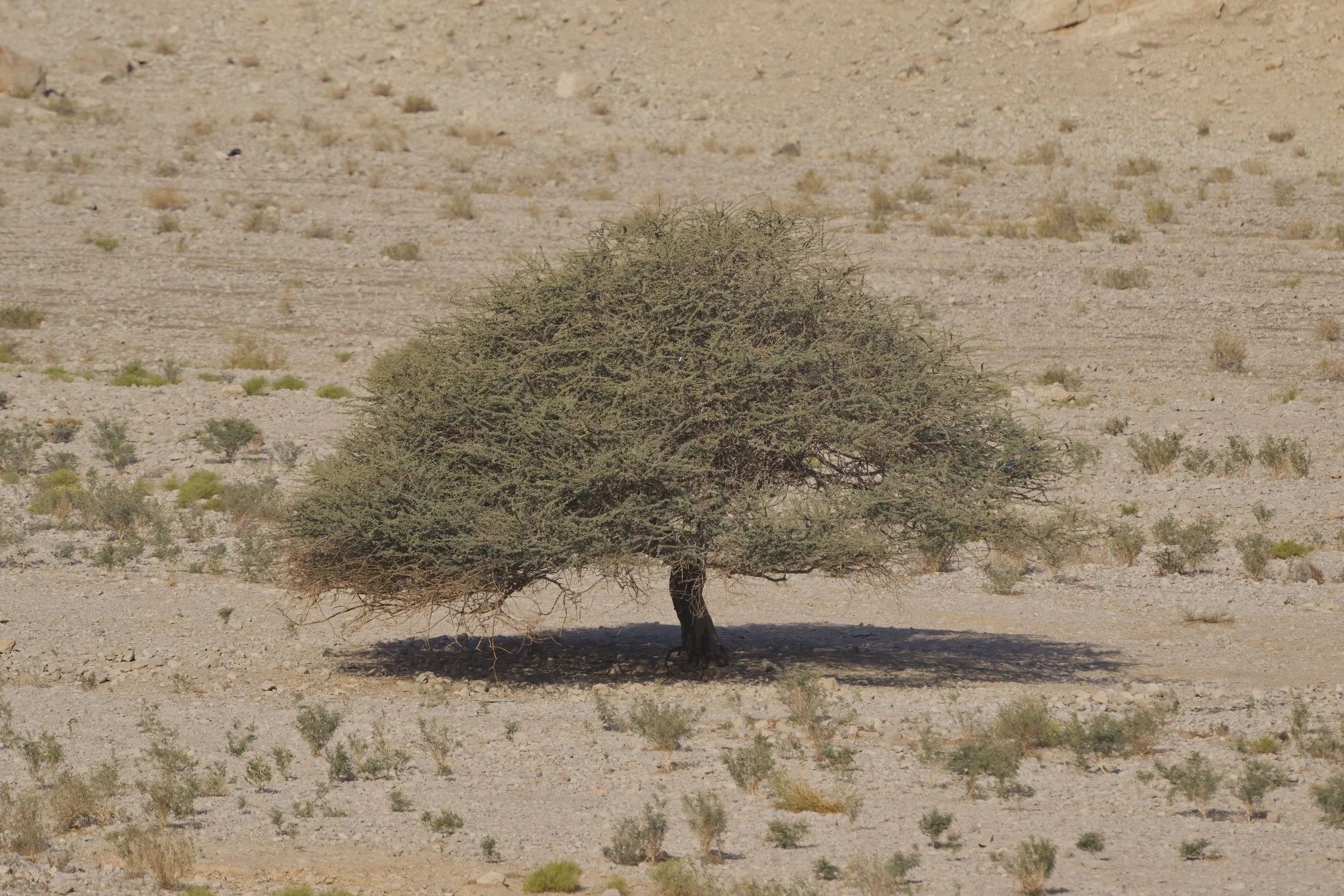How to keep your feet warm in cold weather?
1- Shoes:
When evaluating professional technical shoes designed for cold weather, manufacturers provide information that falls into three main categories: Comfort, Limit, and Extreme levels “as a tag usually stitched to the shoes, if your shoes don’t have it- then its not professional graded shoes“. These specifications help users understand the temperature range within which the footwear is optimized for performance and safety.
Comfort: The comfort zone provides a range of temperatures where the shoes perform optimally, offering a balance between insulation and breathability. This zone is crucial for users to gauge the versatility of the footwear across varying cold weather conditions. Understanding the comfort zone helps users make informed decisions based on their specific needs and the expected weather conditions.
Limit: Manufacturers often indicate the maximum temperature limit beyond that you start to feel the cold.
Extreme: Outlines the extreme temperature limits with which the shoes will not provide adequate protection. In extremely cold conditions, insufficient insulation can lead to discomfort or, more critically, pose risks such as frostbite. Users should be aware of the extreme zone to ensure they do not compromise safety when facing severe weather conditions.
When selecting cold weather professional shoes, it is crucial to match the intended use and environmental conditions with the manufacturer's temperature ratings. Additionally, factors such as the type of insulation, waterproofing technology, and breathability should be considered to ensure optimal performance and user comfort. Always consult the manufacturer's guidelines and any user reviews for practical insights into the real-world performance of the shoes in different cold weather scenarios.
2- Merino wool socks:
based on the weather i use one or two pairs, its essential that the shoes are one size bigger than normal to fit those thick sucks comfortably.
Merino wool socks are my choice, and this is why i love it,
Merino wool socks are an excellent choice for cold weather due to their natural insulation and moisture-wicking properties. Here are some features that make Merino wool socks ideal for colder temperatures:
Insulation: Merino wool is known for its exceptional insulation capabilities. The fibers create a layer of warmth around your feet, providing comfort in chilly conditions without adding bulk.
Moisture-Wicking: Keeping your feet dry is crucial in cold weather. Merino wool has natural moisture-wicking properties, absorbing sweat from your skin and allowing it to evaporate, which helps regulate temperature and prevents discomfort from dampness.
Temperature Regulation: Merino wool adapts to your body's temperature, providing warmth when it's cold and cooling when it's warm. This dynamic regulation makes Merino wool socks versatile for varying winter conditions.
Softness and Comfort: Despite being warm, Merino wool is soft and comfortable against the skin. It avoids the itchiness often associated with traditional wool, making it a cozy choice for extended wear.
Odor Resistance: The natural antimicrobial properties of Merino wool help prevent the growth of odor-causing bacteria. This is especially beneficial during prolonged use in cold weather when your feet may be enclosed in boots for extended periods.
Durability: Merino wool fibers are surprisingly durable, making the socks resistant to wear and tear. This is crucial for withstanding the demands of winter activities such as hiking, snowshoeing, or skiing.
Layering Compatibility: Merino wool socks work well as a part of a layering system. For extremely cold conditions, you can pair them with additional layers to enhance insulation without sacrificing breathability.
All-Day Warmth: Whether you're commuting in the city or engaging in outdoor winter sports, Merino wool socks provide reliable warmth throughout the day.
When choosing Merino wool socks for cold weather, consider the thickness or weight of the sock, as heavier options provide more insulation. Look for socks labeled as "midweight" or "heavyweight" for colder conditions. Additionally, ensure that the socks fit well to maximize their effectiveness in keeping your feet warm and comfortable during winter adventures.
3- Hot Feet Warmers:
If you're looking to enhance warmth in your footwear, hot feet warmers or heat packs can be a valuable addition. Here's a brief overview of hot feet warmers and how they contribute to keeping your feet warm in various conditions:
Hot Feet Warmers:
Activation: Hot feet warmers are typically single-use, disposable heat packs that generate warmth through a chemical reaction. Activation usually involves exposing the pack to air, which initiates the oxidation process within the pack and produces heat.
Compact and Portable: These warmers are designed to be compact and lightweight, making them easy to carry in your pocket or include in your outdoor gear. Their portability makes them a convenient solution for various activities, from hiking and camping to winter sports.
Targeted Heat: Hot feet warmers are often designed to fit into specific areas of your footwear, such as inside your boots or shoes. This targeted application ensures that the heat is concentrated where you need it the most, typically at the toes.
Duration of Heat: The duration of heat provided by these warmers varies but can last several hours. This extended warmth can be particularly useful during long outdoor activities or in situations where you need prolonged comfort in cold conditions.
Versatility: Hot feet warmers are versatile and can be used in various footwear types, including boots, shoes, and even insoles. This adaptability allows you to customize your warmth level based on the specific footwear you're using.
Temperature Regulation: By incorporating hot feet warmers with other insulation, such as Merino wool socks, you can regulate the temperature more effectively. This combination provides an additional layer of warmth to ensure comfort in extremely cold weather.
Emergency Preparedness: Hot feet warmers are excellent for emergency situations, providing an instant and reliable source of warmth when needed. This can be crucial in unexpected weather changes or unforeseen challenges during outdoor activities.
When using hot feet warmers in combination with Merino wool socks, you create a comprehensive solution for maintaining warmth and comfort in cold conditions. Whether you're engaging in winter sports, hiking in the snow, or facing a particularly chilly day, the addition of heat packs enhances your ability to enjoy outdoor activities in cold weather.







